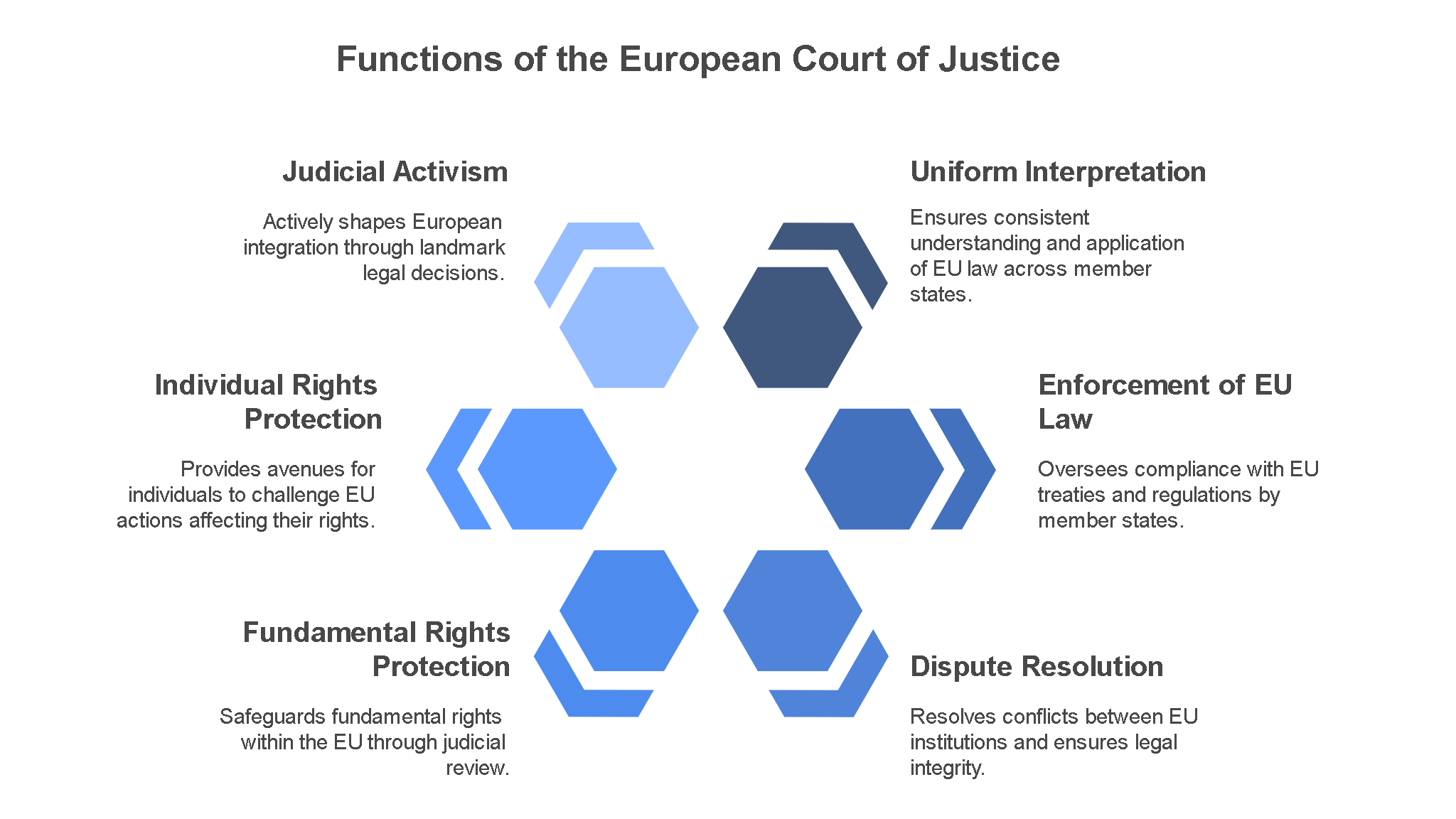Gender Disparity and Its Implications on Environmental Protection and Sustainable Development
Gender disparity refers to the unequal treatment or perceptions of individuals based on their gender. This inequality manifests in various aspects of life, such as education, employment, health care, and political participation. In the context of sustainable development, gender disparity can significantly hinder progress, as it limits the involvement of half of the global population (women) in decision-making processes, resource management, and environmental conservation. It is essential to recognize that sustainable development can only be achieved when both women and men have equal opportunities to contribute to and benefit from environmental protection.
Gender Disparity in Environmental Protection and Sustainable Development:
- Limited Participation of Women in Environmental Decision-Making: Historically, women, especially in developing countries, have had limited access to positions of power, which restricts their participation in environmental governance and policy-making. Environmental policies are often shaped by the perspectives and priorities of male-dominated decision-making bodies. As a result, the needs and concerns of women, who are particularly vulnerable to the impacts of environmental degradation, may be overlooked. For instance, in rural areas, women are often the primary users of natural resources (such as water, firewood, and land), but their knowledge and contributions to resource management are rarely recognized in formal policy discussions.
- Lack of Access to Resources for Women: In many parts of the world, women face barriers in accessing resources such as land, credit, education, and technology. This inequality prevents them from fully participating in sustainable agricultural practices or conservation efforts. Women often have a crucial role in sustainable farming, yet their access to the tools, training, and financial resources needed to implement sustainable agricultural techniques is limited. Without equal access, they cannot contribute to the improvement of agricultural productivity in ways that support both economic and environmental sustainability.
- Impact of Gender Disparity on Natural Resource Management: Gender disparity can also hinder natural resource management because it prevents women from actively contributing to community-level environmental conservation efforts. For example, in many indigenous communities, women are the primary stewards of natural resources, using their knowledge of local ecosystems to manage forests, water systems, and biodiversity. However, when their roles are not acknowledged or supported by policies, the effectiveness of conservation efforts is compromised.
- Vulnerability of Women to Environmental Degradation: Women are often more vulnerable to the impacts of environmental degradation, especially in poor and rural areas. Climate change, deforestation, and water scarcity disproportionately affect women, as they are typically responsible for household water collection, fuelwood gathering, and food production. When these resources become scarce, women bear the brunt of the resulting hardships. Gender disparities in access to education and technology exacerbate these challenges, making it harder for women to adapt to environmental changes or implement sustainable solutions.
- Intergenerational Inequality and Gender: Gender disparity contributes to intergenerational inequality in terms of environmental sustainability. Women are key players in educating the next generation about resource conservation, yet their unequal access to education, particularly in rural areas, hampers the transmission of sustainable practices to future generations. The lack of education and empowerment limits women’s ability to advocate for policies that can ensure a sustainable future for their children and communities.
Conclusion:
Gender disparity not only violates basic human rights but also poses a significant challenge to sustainable development and environmental protection. Addressing gender inequality is essential for creating a more sustainable and just future. Promoting gender equality can lead to better environmental outcomes by ensuring that both men and women contribute equally to resource management, policy-making, and sustainability initiatives.



Leave a Reply